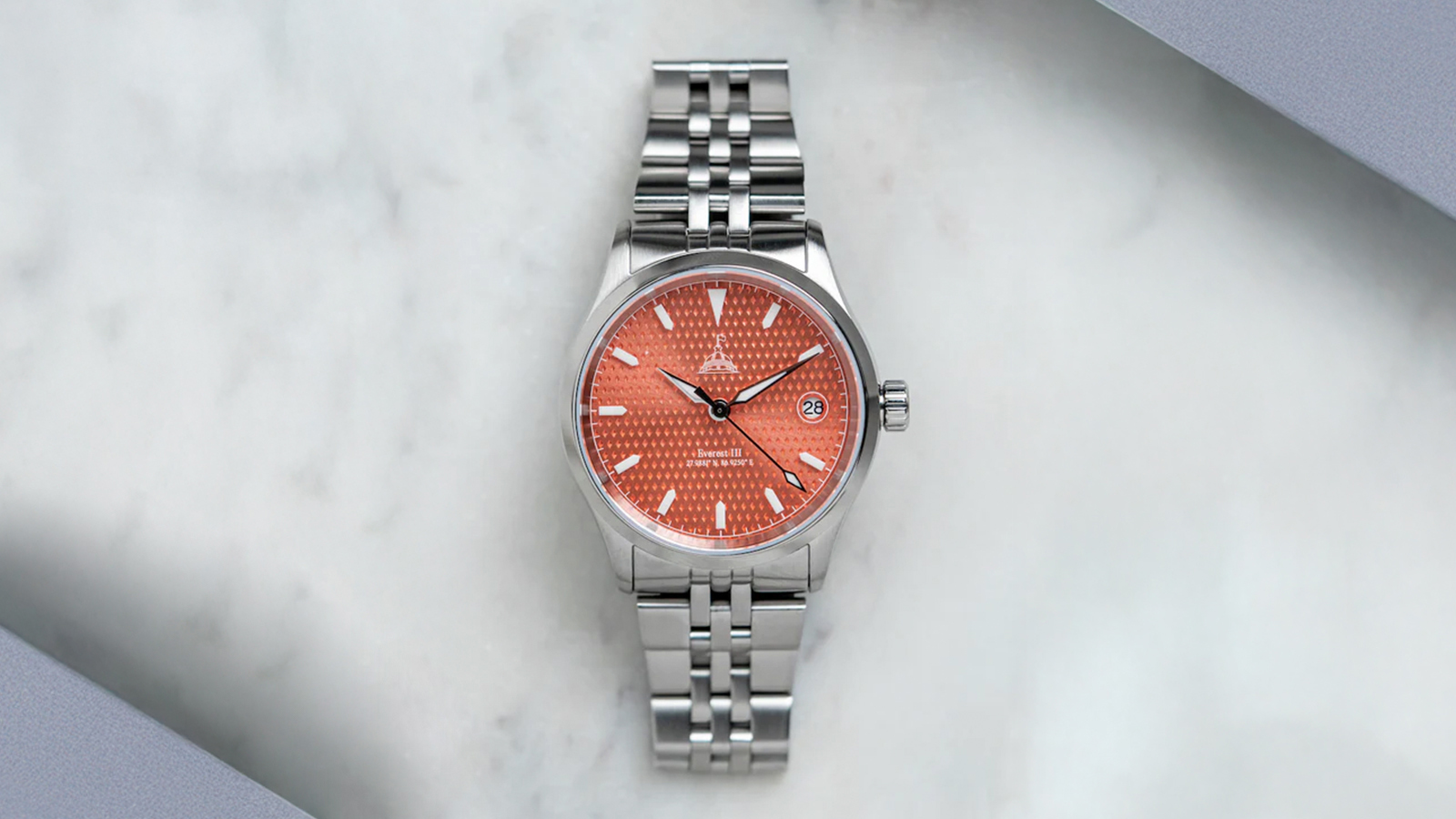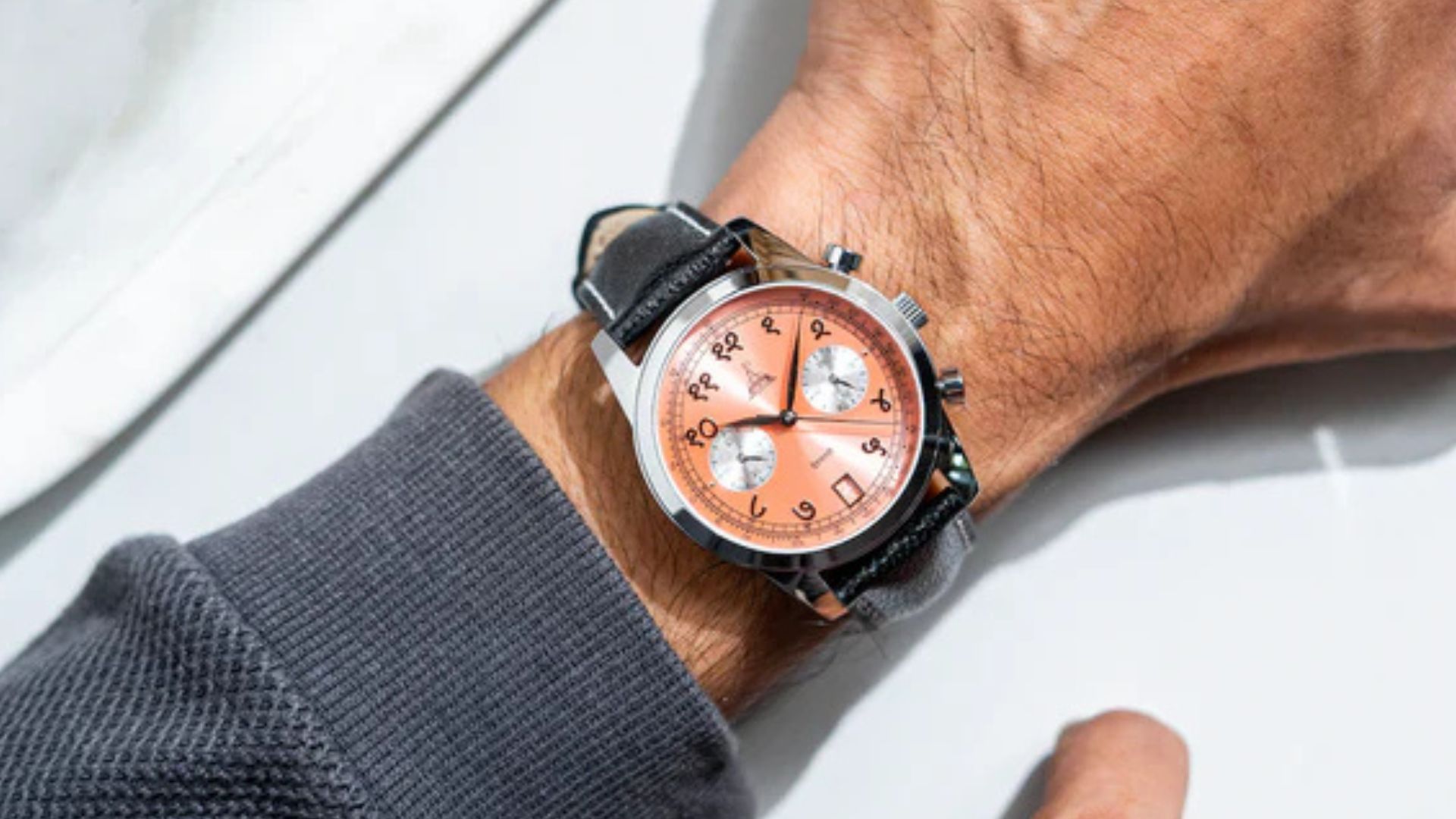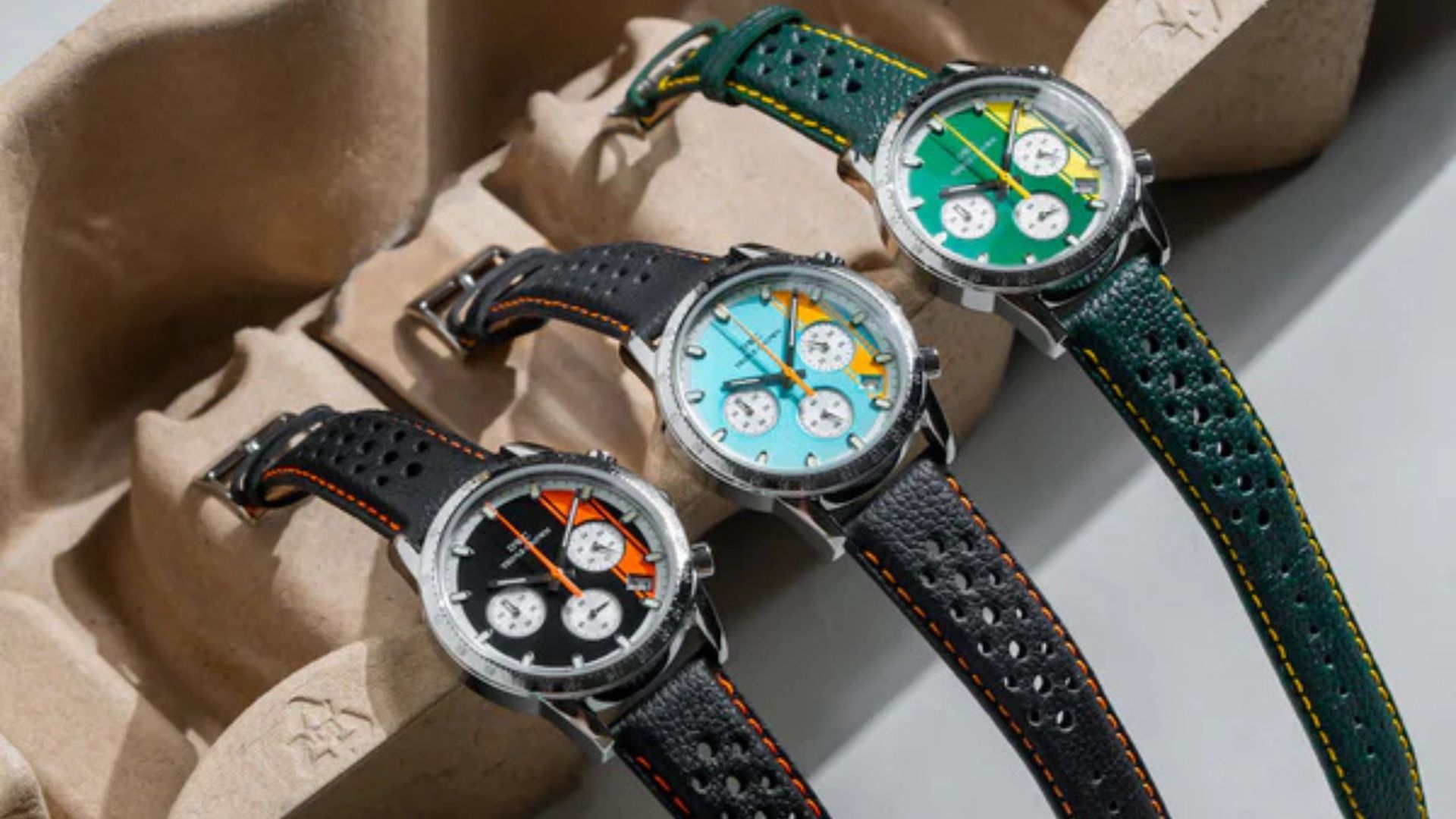Ancient Timekeeping: A Journey through History


Long before the advent of mechanical clocks, humans devised ingenious methods to measure the passage of time. These ancient timekeeping techniques, born out of necessity and ingenuity, laid the foundation for the development of modern horology. Let's journey through history to explore some of the most fascinating ancient timekeeping devices.
Sundial: The Oldest Timekeeper

Perhaps the most iconic of all ancient timekeeping devices, the sundial has been used for millennia. By measuring the sun's position in the sky, sundials provided a relatively accurate way to determine the time of day. The earliest known sundials date back to ancient Egypt, where they were used for agricultural purposes and religious rituals.
Clepsydra: The Water Clock
Another popular timekeeping method in ancient civilisations involved the clepsydra or water clock. These devices used the controlled flow of water to measure time. The earliest known clepsydras were found in ancient Egypt and Mesopotamia. While they were not as accurate as modern clocks, they were a significant advancement in timekeeping technology.
.jpeg)
Some used simple gravity, while others employed more complex mechanisms, such as floats and levers. In ancient China, clepsydras were often combined with astronomical devices to create intricate timekeeping systems.
Hourglass: A Simple Yet Effective Device
.jpeg)
The hourglass, a simple device consisting of two glass bulbs connected by a narrow neck, was widely used in medieval Europe. By measuring the flow of sand from one bulb to the other, hourglasses provided a relatively accurate way to measure short intervals of time. They were often used in religious ceremonies, cooking, and navigation.
Astrolabe: A Celestial Timekeeper

The astrolabe was a complex astronomical instrument used to measure the altitude of celestial bodies. It could also be used to determine the time of day, latitude, and direction of the Qibla (the direction of Mecca, important for Muslims). Astrolabes were widely used in the Islamic world and Europe during the Middle Ages.
Mechanical Clocks: A Revolution in Timekeeping
While the devices mentioned above were impressive for their time, they were often limited in terms of accuracy and portability. The invention of mechanical clocks in the 14th century marked a significant breakthrough in timekeeping technology. These early clocks were large and cumbersome, but they provided a much more accurate and reliable way to measure time.
.jpeg)
The history of timekeeping is a fascinating journey that spans millennia. From the ancient sundial to the modern mechanical watch, humans have continually sought to improve their ability to measure the passage of time.
These early timekeeping devices continue to inspire watchmakers and enthusiasts around the world. By understanding the history of timekeeping, we can appreciate the advancements that have been made in this field and the enduring fascination that timepieces continue to hold.












.jpg)






